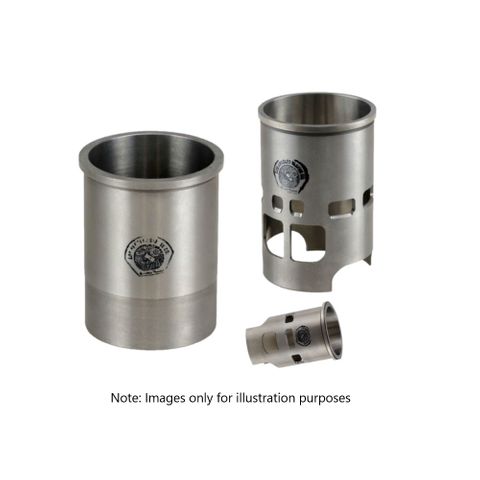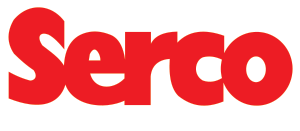

La Sleeve Slv Kaw Kx500 Ac 1989-2004
Los Angeles Sleeve Co.
manufactures cast iron cylinder sleeves for all popular makes and models. Engine
rebuilders find they can rely on the quality and workmanship of LASCO cylinder sleeves, and their use saves them time
and money. The castings used in the manufacture of these sleeves are made from an iron alloy and hardness specifically
formulated for cylinder sleeves, which insures ease in installation, trouble free boring and a dependable long life engine.
Centerless grinding of outside diameters of LASCO sleeves provides for perfect roundness and exact size which is
controlled by rigid inspection of one-half thousandth of an inch. We invite comparison of our sleeves with other leading
makes for size, roundness and finish.
Each cylinder sleeve is designed to best suit its designated cylinder. Three concepts are integrated in the designing and
manufacturing of a sleeve:
1) The retained strength of a cylinder after the sleeve is installed.
2) Ease of installation for the rebuilder.
3) The ability to bore to the maximum amount of oversize pistons available.
The TYPE column, next to the sleeve part number, will help the rebuilder identify the cylinder that is to be sleeved.
The TYPE column designation will also help the rebuilder to determine the proper installation procedure.
TYPE COLUMN CODE EXPLANATIONS:
AC - Original cylinder bore is alloy-chrome plated, Nikasil, or electrofused. The cylinder must be bored to accept the
new cylinder sleeve.
CS - Original block has a cast-in sleeve liner in the cylinder. The cylinder must be bored out to accept the new cylinder
sleeve. The cast-in liner will be bored completely out of the cylinder. Do not try to push out the cast-in liner,
cylinder damage may be the result.
CI - Original block has a cast-in liner in the cylinder. The cylinder must be bored to accept the new cylinder sleeve.
When using a CI style sleeve the cast-in liner will not be completely removed. The sleeve is designed to insert
into the iron lined cylinder.
RS - Original block has a replacement sleeve. Heat the cylinder to remove the sleeve. Reheat the cylinder to install
the new cylinder sleeve.
CC - Original barrel is cast-iron. The cylinder must be bored to accept the new cylinder sleeve.
L - Limited inventory available. Once inventory of this part number is depleted the sleeve will be made to order. Call
for inventory status and/or delivery lead times.
MO - Sleeve is made to order. Limited inventory may be in stock. Call for inventory status and/or delivery lead times.
NA - This sleeve part number is no longer produced and not available for production.
BB - Big Bore Sleeve may require special machining and/or machining of cases or cylinder head.
GENERAL RULES FOR SLEEVE INSTALLATION:
These tips are intended to be a guide for installing sleeves into cylinders. There are always exceptions to the rule and care
must be taken on special applications.
ALWAYS WAIT UNTIL THE SLEEVE ARRIVES BEFORE BEGINNING ANY MACHINE WORK. NEVER ASSUME THAT
THE STATED MODEL AND YEAR OF THE CYLINDER IS CORRECT. ALWAYS CHECK TO SEE IF THE SLEEVE
PORTS MATCH THE CYLINDER PORTS.
- Interference fit for cylinder sleeve to aluminum bore is .004.
- Interference fit for cylinder sleeve to a cast iron bore is .002 to .003.
- Installation of flanged type sleeves follow the same rules, but the top of the cylinder must have a countersink to the
correct depth to accept the flanged sleeve. .000 to .001 interference fit on the flange diameter is recommended.
- Heating the cylinder for 45 minutes to one hour at 350 degrees to 450 degrees is preferable.
- The sleeve should slide in very easily when the cylinder is properly heated. Freeze shrinking the sleeve is optional.
(Some machinists believe this assists installation of the sleeve.)
- REMEMBER: Rap or press the sleeve down while the cylinder is cooling down. Use a hydraulic press for this
procedure.
- Milling the top deck of the cylinder always adds a quality touch. A caution here, some cylinders may not be able to
have the top surface decked.
- For 2-stroke cylinders, blending or matching the ports is recommended for proper fuel flow.

